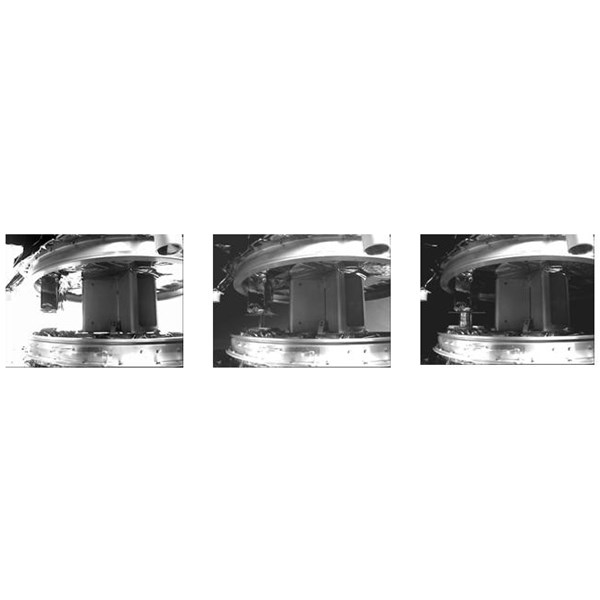REDONDO BEACH, Calif., May 10, 2007 (PRIME NEWSWIRE) -- Using a payload provided by Northrop Grumman Corporation (NYSE:NOC) and support from a team of the company's mission specialists, the Defense Advanced Research Project Agency's (DARPA) Orbital Express (OE) team has successfully performed multiple on-orbit fluid transfers between two space vehicles.
A photo accompanying this release is available at http://media.primezone.com/noc/
Orbital Express is a DARPA program with the objective of demonstrating various technologies required for autonomous servicing of orbiting satellites. Northrop Grumman's Space Technology sector is the OE team member responsible for the design, development, production, and operational support of the fluid transfer systems for the servicing spacecraft, named Autonomous Space Transfer and Robotic Orbiter (ASTRO), and the surrogate-client spacecraft, called the Next-Generation Satellite (NextSat). The company also provided the propulsion system needed for six-degree-of-freedom (6-DOF) service vehicle control.
"The ability to refuel a variety of spacecraft on-orbit could represent a revolutionary change in space operations," said Tom Romesser, vice president of technology development for Northrop Grumman's Space Technology sector. "Potential benefits of an autonomous propellant resupply capability include increased payload mass, extended mission life, and greatly enhanced orbital maneuverability."
The Boeing Company, the prime contractor, integrated the ASTRO servicing spacecraft that along with NextSat built by team member Ball Aerospace was launched March 8, 2007 on the Atlas V STP-1 mission, which also deployed four other small spacecraft.
The Northrop Grumman payload onboard ASTRO has demonstrated autonomous transfer of hydrazine propellant, a type of liquid rocket fuel, to and from the NextSat spacecraft. The fluid transfer hardware is configured to refuel two types of client spacecraft propulsion systems. For simpler systems where propellant and its pressurizing gas typically reside in a single storage tank, pressure-fed (ullage recompression) transfers are supported. For more complex pressure-regulated client systems, closed-loop pump transfers are supported where pressurizing gas must be transferred out as propellant is transferred in.
The fluid transfer payload aboard the NextSat spacecraft enables both types of client configurations as well as a commodities supply vehicle to be simulated over multiple on-orbit fluid transfers. The NextSat payload includes the passive portion of a dual-path fluid coupler, while ASTRO hosts the more complex active portion of the fluid coupler along with fluid transfer pumps, a pressure control system, and propellant gauging hardware. Sixteen hydrazine thrusters needed to support 6-DOF operation during separated-spacecraft operations share hardware elements of the ASTRO fluid transfer system.
To date, four mate/de-mate cycles of the fluid coupler and seven refueling scenarios, both pressure-fed and pump-fed, have been accomplished. Client spacecraft fill-fractions up to 95% of tank volume and hydrazine flow rates exceeding 12 pounds per minute have been demonstrated. All six of DARPA's success criteria requirements for fluid transfer have been met, along with six of nine goals. Fluid transfer autonomy has progressed from the lowest level of ATP (approval-to-proceed), where 17 programmed pauses are included in the complete fluid transfer sequence to allow for ground monitoring and potential intervention to mid-level autonomy with just seven ATPs. In upcoming scenarios, the highest autonomy level, with no ATP interrupts, will be demonstrated.
Northrop Grumman Corporation is a $30 billion global defense and technology company whose 122,000 employees provide innovative systems, products, and solutions in information and services, electronics, aerospace and shipbuilding to government and commercial customers worldwide.
